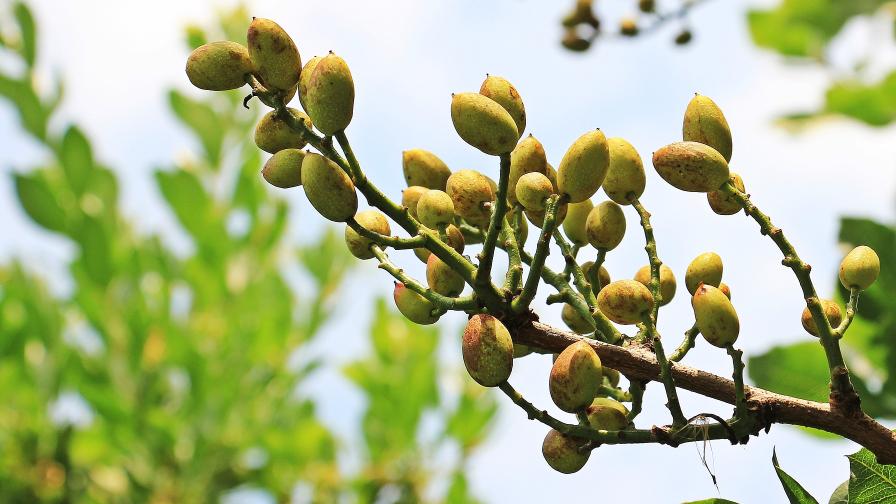The Fallout From Hurricane Irene
Hurricane Irene caused flooding in various areas of the Northeast and wreaked havoc on several crops. According to reports, however, the damage could have been worse.
In Massachusetts, sweet corn crops were severely damaged. According to an article the Worchester Telegram & Gazette, one grower said all the sweet corn has been knocked to the ground, thanks to the wind and rain.
Heading further West, New York growers also sustained significant losses. Information from the New York Farm Bureau indicates that the hardest hit areas are in the Schoharie Valley, Mohawk Valley, Hudson Valley, and Long Island.
In the Southeast, some areas fared better than others. At Jackson Farming Co. in Autryville, NC, Rodney Jackson, who produces cantaloupe, watermelon, strawberries, broccoli, squash, cucumber, and sweetpotatoes, says the farm sustained no structural or land damage.
The farm’s melon crop, however, was just about finished at the time and what was left was cut short, from rain and disease. The sweetpotato crop, he says, fared much better as it needed rain.
Other growers in the state didn’t fare as well. Those producing tobacco and corn crops sustained significant damage. “Cotton and soybeans are OK, but the farther east you go the more damage you get from flooding and wind, that also affects those crops,” says Jackson.
For more information, go to WBNG News.
To read the article in the Worcester Telegram & Gazette, click here.
Source: WBNG News and Worcester Telegram & Gazette
Michael J. Fargione, Extension Educator,Cornell Cooperative Extension, Hudson Valley Lab, offers some points to consider regarding the cleanup and impacts on harvest:
Document Losses
• Document the damage to crops, fields, roadways,ponds, structures and equipment as best you can before you make repairs. Take pictures, as this may be useful for insurance, tax, and disaster reimbursement purposes.
• Contact your crop insurance agent if there is any crop loss and your business insurance for other losses.
• Even if you don’t have insurance, be sure to contact your local FSA office to let them know if you have crop or other farm-related damage.
Farm damage along the Eastern U.S. is severe enough so that a Federal Disaster Program could be possible.
It is very important to report damage assessments as quickly as possible to expedite the receipt of Federal Emergency Management Agency funding and assistance.
Note: These tips originally appeared in Cornell’s Tree Fruit Grower Alert Message on Aug. 30, 2011









